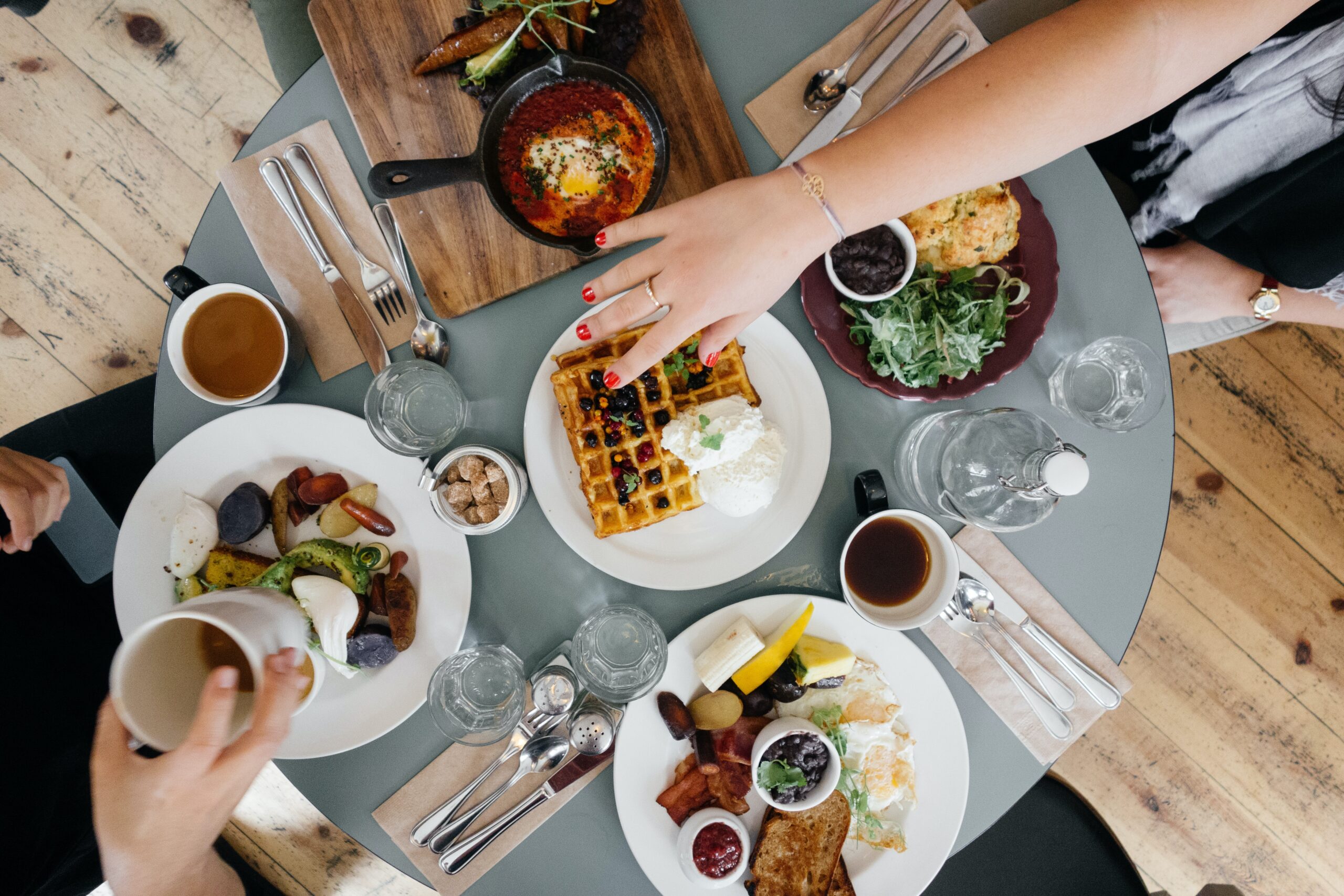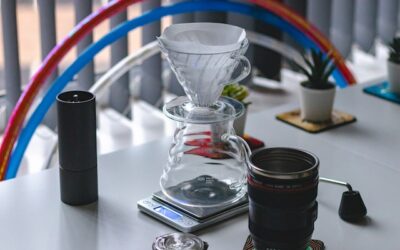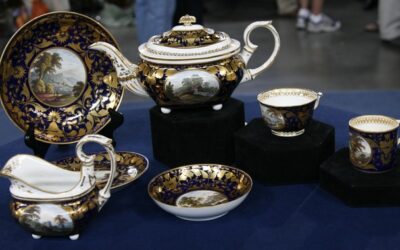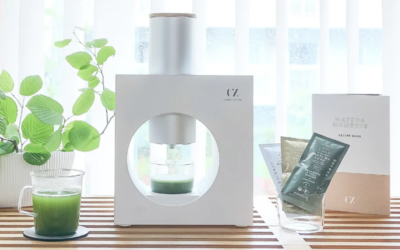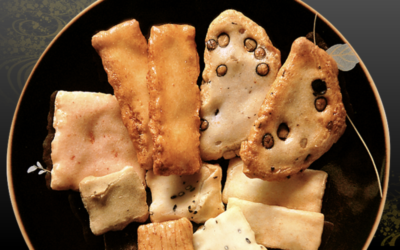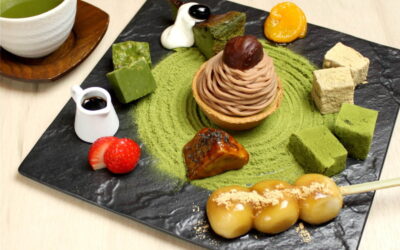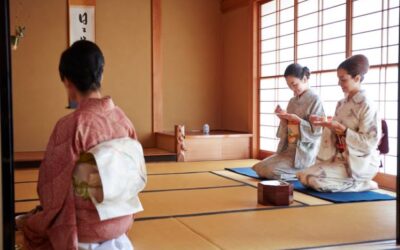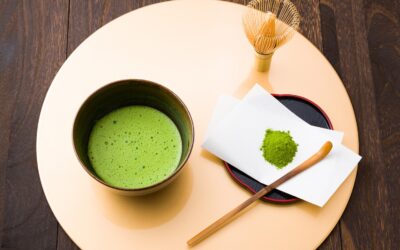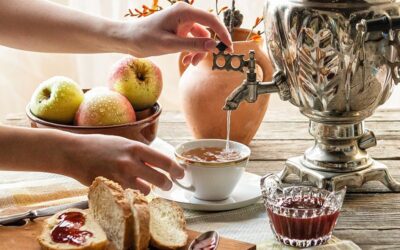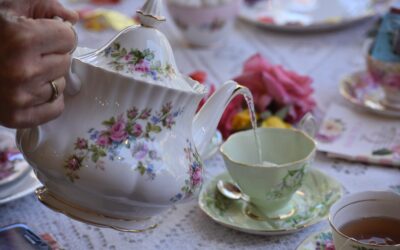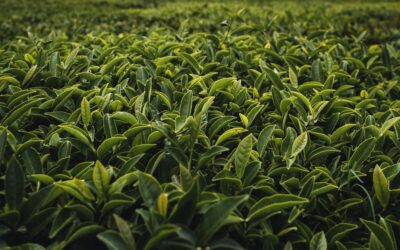People do not just eat, they have the desire and wisdom to do well. Good taste is “to forget”. Black Tea is the ultimate item to practice this.
Tea is loved by diners around the world
Food alone doesn’t sustain good taste
No matter how much we like cakes and western sweets, We can’t keep eating them without drinking anything. Whenever we eat cream, butter, cheese, chocolate, or cake, we suddenly feel like drinking tea or coffee.
This is because the brain, which has experienced many different tastes, automatically simulates and creates a delicious combination, and the body responds and tells it to want it.
In the UK, tea with milk became the drink of choice for everything from sweets such as scones, sandwiches, and cakes to savory meals such as smoked salmon, cheese, and fish and chips.
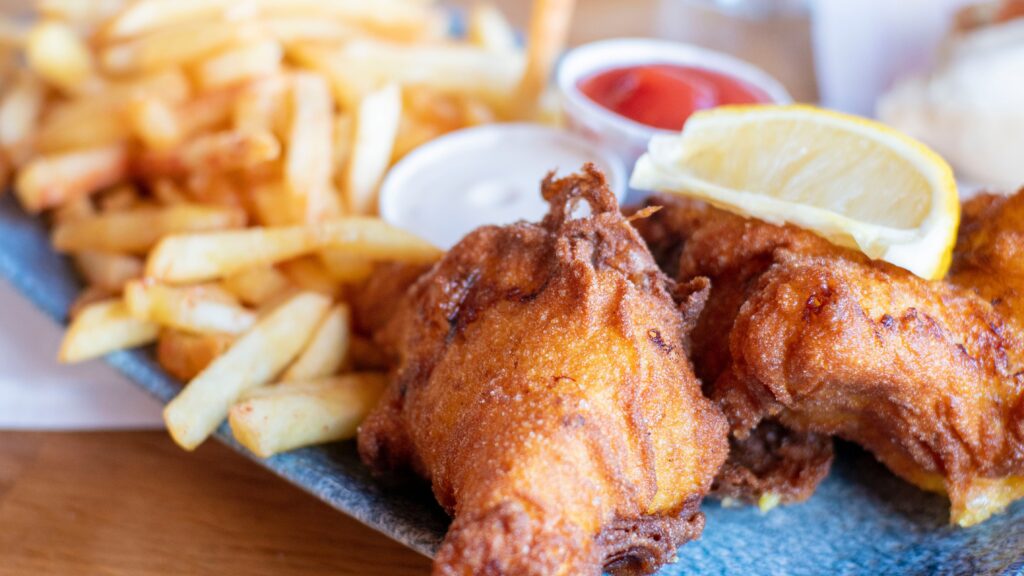
In Japan, black tea is often paired with sweets, and the idea of pairing it with food may give you a moment of hesitation. But in reality, if this is replaced with green tea or bancha instead of black tea, Japanese sweets such as Senbei (rice crackers) and Manju (rice dumplings), pickles, Onigiri (rice balls), bento (boxed lunches), and even regular meals, people feel comfortable having it by their side and drinking it with food. Moreover, they never forget to adjust the thickness of the tea to match the food.
Green tea, Sencha, and Oolong tea
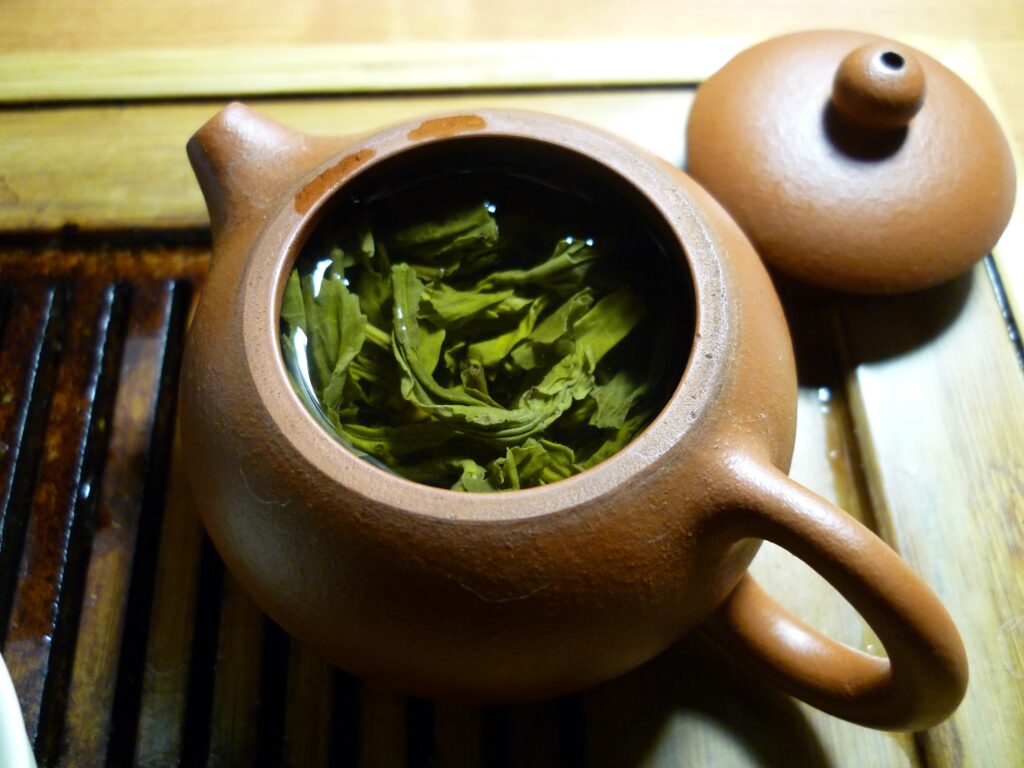
If you look at the wider world, you will notice the same kind of usage. In China, green tea is drunk during meals, and jasmine tea and oolong tea are served in restaurants as essential beverages with food. Moreover, no matter how much you drink, you are not charged separately for the beverage.
In the U.S., iced tea fulfills this role. Whether at a steakhouse or an Italian pizza restaurant, thin, tasteless iced tea is poured into a beer mug or a very large glass like table water and drunk with gravy and melted cheese.
Tea is what enhances the taste of food
Tea is a drink that tastes even better when combined with food. In this sense, it plays exactly the same role as beer and wine. The obvious difference, however, is that beer and wine are alcoholic beverages that are not meant for everyone, including children.
Tea, on the other hand, even if poured into a wine glass or a beer mug, can be consumed by children and non-drinkers. It also helps to cleanse the food, reset it, and restore the taste of the first sip.
Let’s explore its close affinity with food.
Why does Black tea go well with food ?
Efficacy of Catechins
The main ingredient in black tea is Catechins. This breaks down the fat and oil components in food and creates a refreshing sensation in the mouth. In particular, it removes foods that contain a lot of milk fat such as cheese, butter, and cream, animal fat such as meat and fish, and vegetable oil such as salad oil, sesame, and olive oil.
These fats and oils that spread in the mouth when we eat food are broken down and washed away by the catechins, thereby clearing the mouth and restoring it to the condition it was in before we ate. In other words, by drinking tea, you can enjoy the taste of the first bite over and over again.
When the catechins are breaking down the fat in the mouth, the astringent taste of the black tea will be dulled and softened, making the tea seem milder and gentler, and enhancing the taste.
As the black tea makes the food taste better and the black tea feels easier to drink, we can determine that the two are sensually compatible.
That compatibility is based on an understanding of each other’s personality
Basically, any kind of black tea goes well with foods that contain animal fat and vegetable oil components. However, many black teas with a high catechin content have a unique aroma as well as astringent taste, so it is necessary to select a black tea that matches the flavor of the food.
Black teas with strong characteristics also contain more catechins, which have a greater ability to break down fat. In some cases, the combination of a strong black tea and food may leave a lingering impression of the tea’s personality rather than a refreshing taste, which will remain as a taste of the food.
Pairing 1: Sri Lankan curry and Black tea
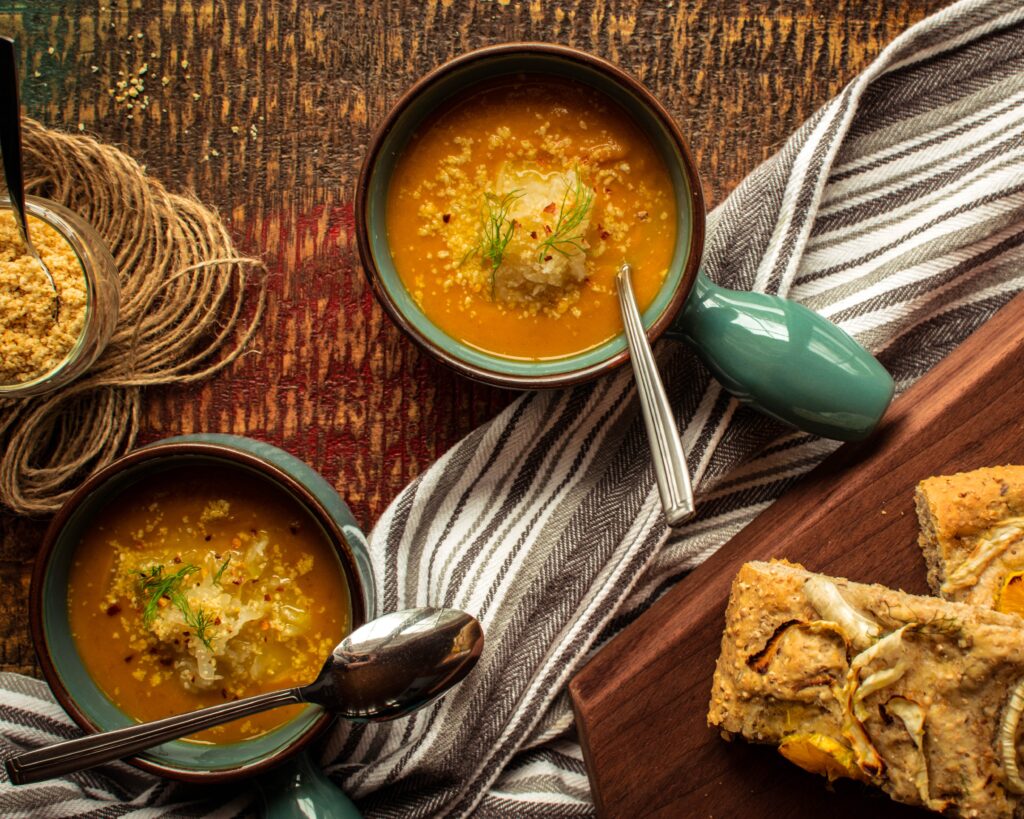
Sri Lanka is the land of spices
Sri Lanka, known as the land of spices, originally had numerous spices, almost all of which are used in curry dishes. Cloves, nutmeg, ginger, cardamom, cinnamon, peppers, turmeric, mustard seeds, coriander, cumin, paprika, curry leaves, Chili, all of these spices are necessary for curry.
These spices serve to preserve food in tropical countries, and their pungent flavors and aromas stimulate the appetite and create energy. In this country, curry, which is so hot that it makes you sweat, is an important food for improving metabolism and creating health.
There is a saying that a good curry is eaten while crying, meaning that it is so hot that it brings tears to the eyes.
The ingredients of Sri Lankan curry are mainly seafood such as shrimp, crab and squid. The spices are ground into a powder and made into a base of coconut milk. Several types of curry are prepared at a time.
Not all curries are spicy, but especially the chicken and seafood stewed with Chili will slowly spread heat and pain in their mouths. In this case, drinking water will not help.
Sweet, lukewarm milk tea to reset the spiciness
This is where black tea comes into play. This tea is called local milk tea, and is served sweet and lukewarm. Because of the high temperature during the day in Sri Lanka, fresh milk is not often used. Most of the time, powdered milk is dissolved in hot water and added to the tea, but skim milk makes it smooth, so when they eat curry, they add condensed milk and a lot of sugar to make a very sweet milk tea.
The reason the tea is lukewarm is because of the unique way it is made. The tea is poured from a high place into a separate mug and the process is repeated several times. This creates the right amount of froth and lukewarmness.
The lukewarm, sweet, and thick milk tea wraps around their mouths like cotton wool, making their mouths ache like a stinging pepper. Then, strangely enough, their shoulders relax, the tension in their cheeks goes away, and the spiciness disappears. By the time they finish the tea, they will be back to the way they were before eating the curry.
Pairing 2: The Tempura Restaurant Idea
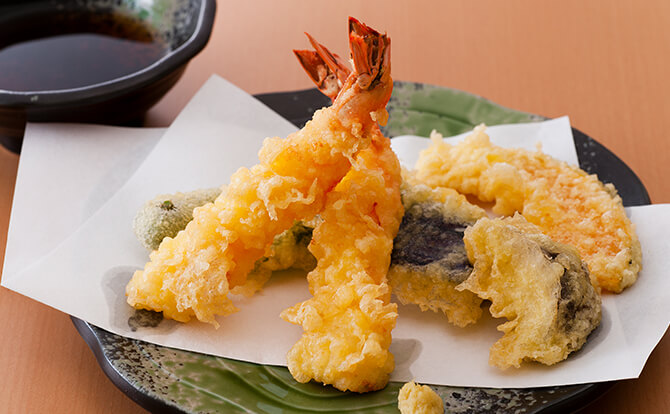
Why is the tea left behind?
Let us tell you about a Tempura restaurant. Tempura is one of the most popular dishes in Japan, along with Sushi and Sukiyaki.
The most common tea used in Japanese cuisine is Sencha or Hojicha. This restaurant was no exception, serving Bancha, Hojicha, and Sencha as accompaniments to Tempura. Strangely enough, even though the tea leaves were quite expensive, many people still left the tea behind.
Tempura is a Japanese dish, so naturally, Japanese tea is a good match. Japanese tea is undoubtedly good and necessary. However, compared to black tea, Sencha, which contains fibers, and the powdered tea served with Sushi, leave a rough feeling of fibers in the mouth, and after the oiliness, the oil does not drain well.
Therefore, he decided to try black tea, although it is different.
Choose black tea to try
There was a reason why the master of this restaurant chose black tea as a palate cleanser.
At first, he thought about oolong tea, but the cheaper ones are no better than Hojicha or Bancha, and the more expensive ones have too much character and would change the flavor of the tempura. Moreover, they are expensive and cost a lot of money to procure.
So he did some more research and found out that tannin is what breaks down fat and oil in tea and makes it lighter, and black tea contains the most amount of it.
Tannin washes away the sticky oil in the mouth and refreshes it. Tannins also aid in digestion and help to quickly relieve the feeling of lethargy when eating too much. Beer and cold Sake are also great for increasing appetite and getting people to eat more tempura, but for lunch or for people who can’t drink, black tea seems to be a great choice.
The problem is how to get Japanese people who are not used to the combination of a Tempura restaurant and black tea to understand it. There is also a problem with the way it is served, as it is impossible to serve a western style cup in a Japanese bowl with Japanese food.
Therefore, he decided to serve black tea in a teapot and a cup for Sencha, just like Sencha. The tea leaves were selected from Sri Lanka and were not so expensive.
Without telling the customer, he switched from Sencha to black tea. Fortunately, the color didn’t change so much.
Black tea brought unexpectedly good results
There seemed to be no complaints at all. The customers didn’t seem to feel any discomfort either. As the days went by, he began to receive unexpected responses from the customers. They began to say that the tempura was better, that they wanted to eat more, and that their mouths were refreshing.
Thus, in the past and even today, people have chosen to drink black tea in order to enjoy their meals to the end. It is a good way to reset the mouth and make it clean.
“Good taste is to forget”.

